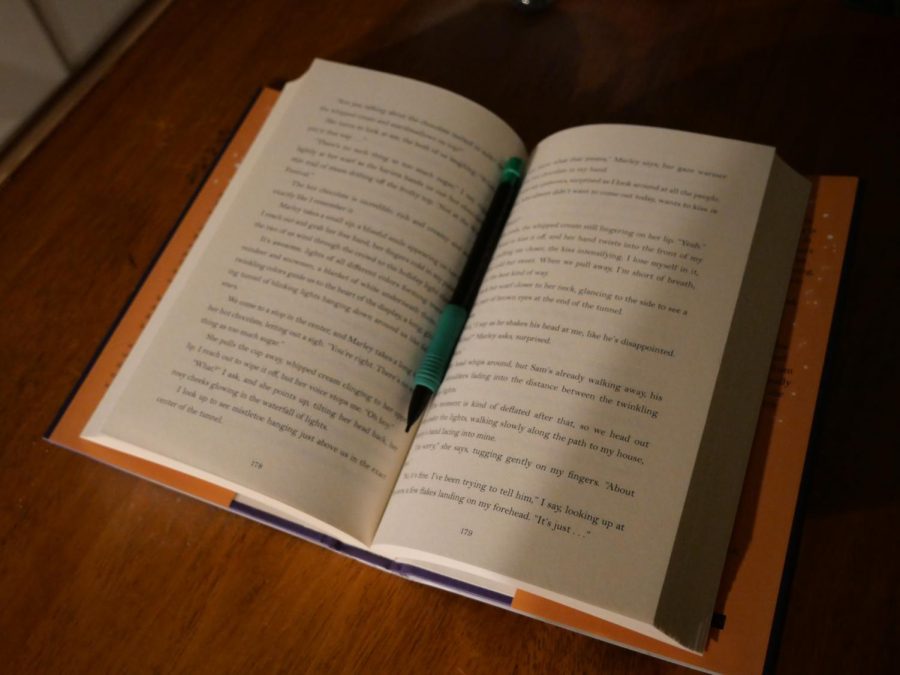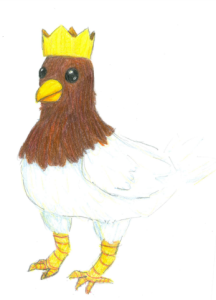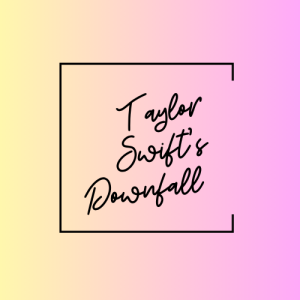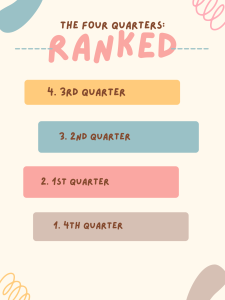How to Write a Book
“All This Time” By Mikki Daughtry and Rachel Lippincott
March 4, 2021
An aspiring author often has difficulty knowing where to start writing or are uncertain on how they should write a book. The essential knowledge to have while writing a book is knowing that the first draft will never be flawless. Before the author can start to write a book, there are numerous questions that the author should be able to fully answer.
Some of the most important questions are as follows:
What is the book about? Before writing a book, the author should have a rock-solid idea on what their book is about.
What is the genre of the book? Determining the genre of the book being written can help give more details as to what the book will revolve around or what the reader can look forward to seeing in the book.
What settings are in the book? Determining the settings are significant to the book. If an author writes a book but does not have a complete idea of the settings, details can overlap or end up clashing with each other.
What is the Point of View (POV)? Stories are portrayed differently through different points of view. The book could portray different messages depending on who is telling it.
What is the plot? Knowing the plot of the book is crucial, as it is the base that the book will be built on.
- A good plot needs an introduction (exposition) which will let the reader get to know the characters, how they interact, what the situation is, and how the characters develop into the story.
- A good plot also needs rising action which begins with an event that pushes the characters to start on their journey. Throughout this part of the plot, the characters often face obstacles that lead up to the next part of the plot.
- After the rising action, a good plot needs a climax. A climax is everything that the story has been building up to and should be the most exciting part of the book.
- Once the book has reached its climax, the next thing to incorporate is a falling action. Falling action begins to resolve any issues that arose during the rising action.
- The last part needed for a good plot is the resolution or conclusion. This part of the plot concludes the story, ties up any loose ends, or in some cases, makes way for a sequel.
Who are the characters? Knowing the characters is possibly one of the main concerns an author should focus on as the reader will be following them throughout the book. Knowing a character deeply creates an unwavering tone given off from the character. If an author fails to know their character deeply then there could be conflicts with the character seeming to give off unintentional tones. The best way an author can get to know their character is to ask and answer questions about the character.
- What honorable traits does the character have? What bad habits does the character exhibit? What is the character’s appearance? What is the character’s background? What is their personality or how do they act? What is their lifestyle? What are the character’s interests?
Something that could also potentially be an immense help to writing a book is to have a layout of what each chapter will look like. What will happen in each chapter?
Once the author knows every element that makes up their book, then they can start to write. Remember, the first draft of a book is never perfect but will always become better with each edit.








